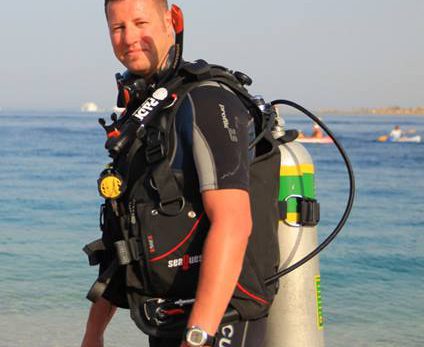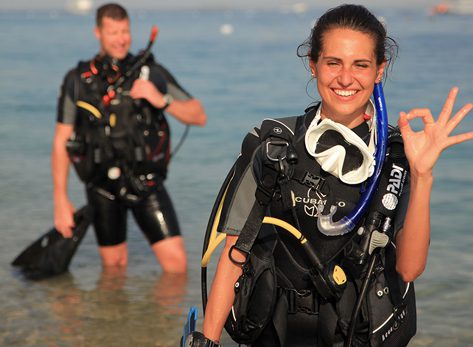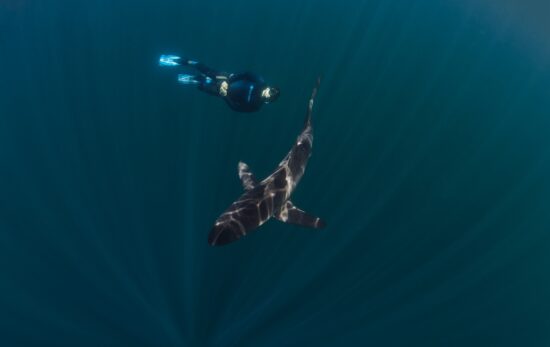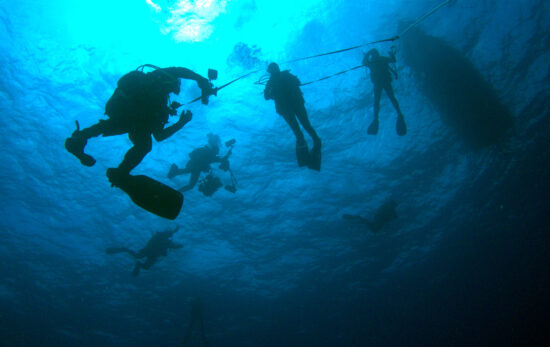PADI Rescue Diver Course = Confidence, Responsibility & Preparedness (Plus a Bit of Tiredness!)
Divers who have completed their PADI Rescue Diver Course often talk about the course being the most rewarding — and often the most demanding — PADI course they’ve taken. Instructors also frequently tell us how much they enjoy teaching it.
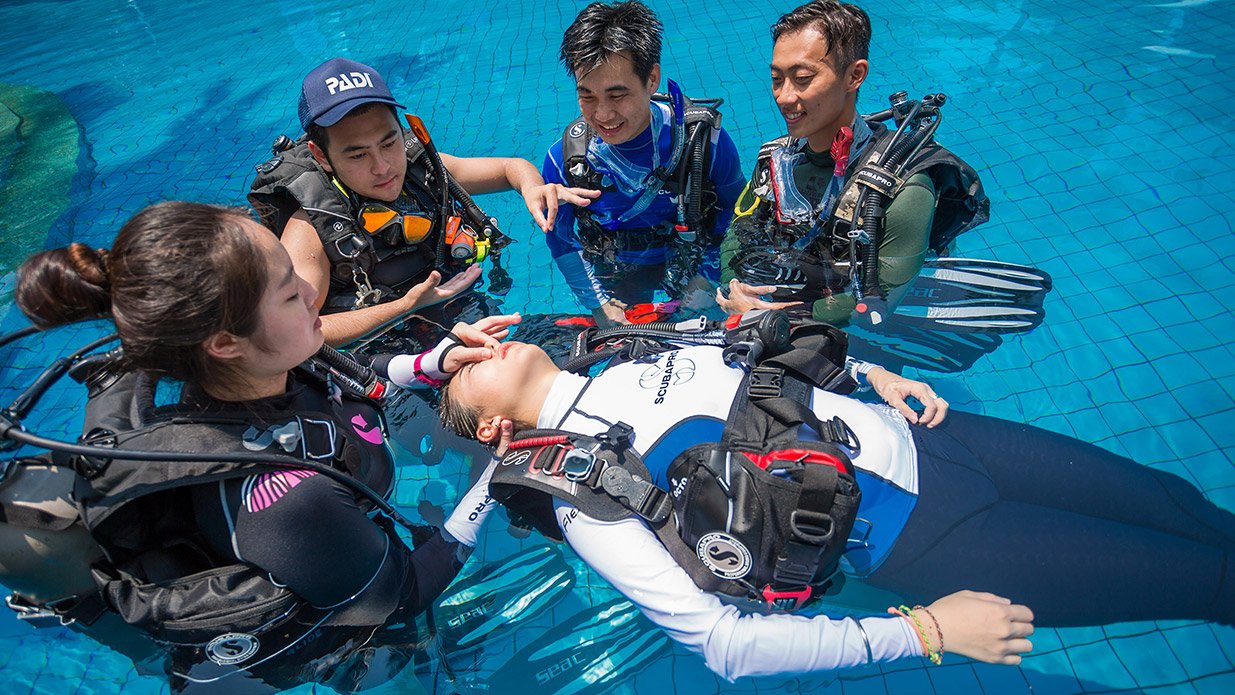
The PADI Rescue Diver Course
As I woke up surprisingly early on the first day of my holiday, I recalled distant school memories where the word ‘rewarding’ was often linked to hard, boring work. With this in mind, I walked across the hotel to the PADI Dive Centre to begin four days of Emergency First Response (EFR) and PADI Rescue Diver training. Hard work? Maybe. Boring? Never!
After completing the paperwork, I was handed two brand-new manuals — one for EFR and the other Rescue Diver. The theory and practical skills combine perfectly within this course, making the knowledge reviews great markers of progress during the course. You learn some incredible skills with surprising ease.
What do you learn in the PADI Rescue Diver course?
- Causes of diver emergencies
- Accident management
- Identifying a diver in need
- Common equipment problems
- Diver rescue procedures
- First aid and injury treatment
- Missing diver procedures
- In-water and out-of-water rescue skills
First, you learn about the psychology of rescue. A crucial concept reinforced throughout the course is: Protect Yourself First! Don’t become the second victim. The importance of of preparation is already familiar to divers of all levels, but in the Rescue Diver course, it is taken even further. Do you have the right equipment for emergencies? Before taking the rescue course, this was something I never really given much thought to. Now I know exactly what is required.
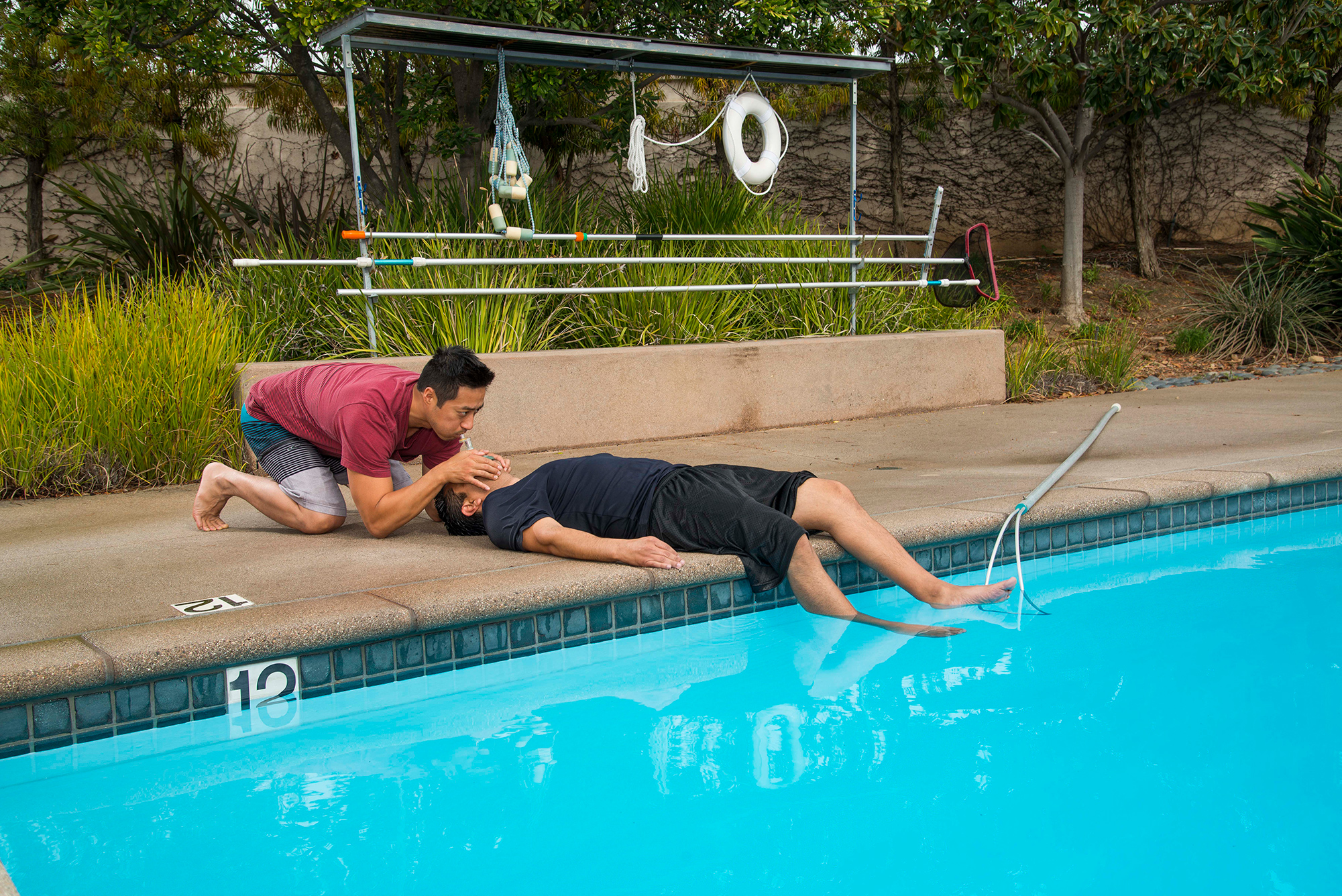
CPR and First Aid
The EFR Primary and Secondary Care elements of the course were really interesting and provided me with skills that I know are not just for diving but can be used in everyday life. Some of the primary and secondary skills you learn include:
- Scene assessment
- CPR (not a skill to be taken lightly, as those who have completed CPR training will know)
- Bleeding management
- Spinal injury management
This knowledge brings with it confidence, and I know that I am now prepared to respond to an emergency correctly when needed.
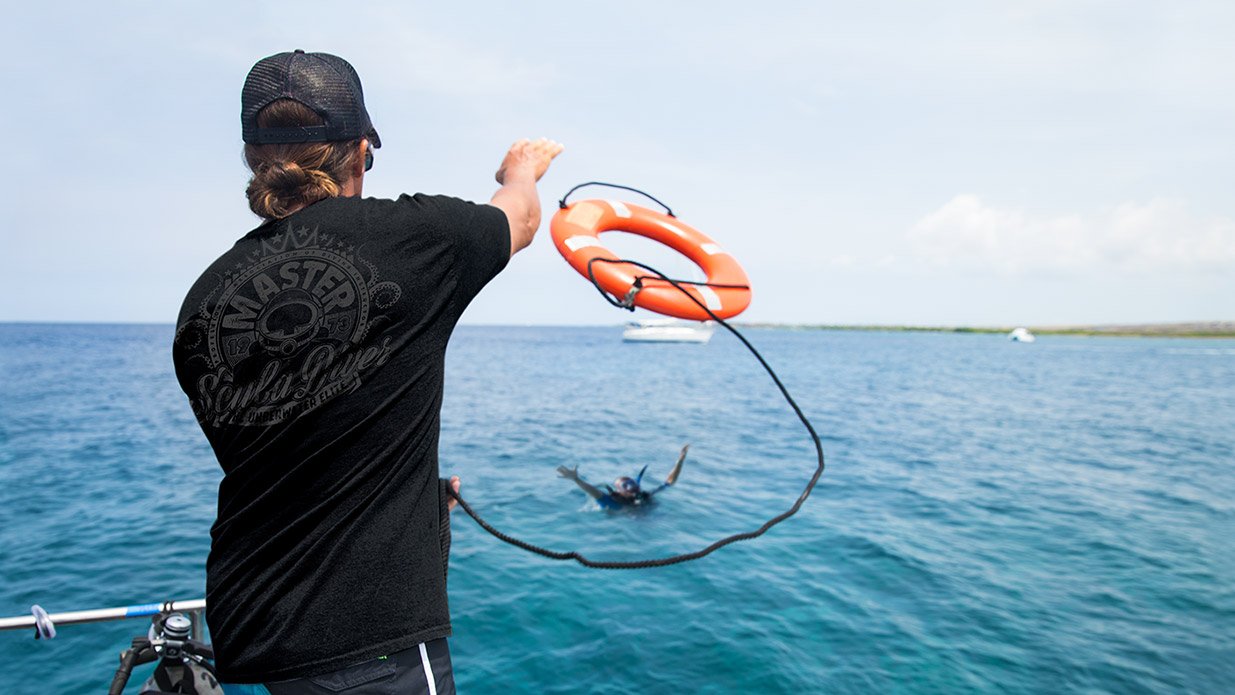
Rescue Diver Water Skills
The practical side of the course is based on several rescue scenarios focusing on skills used to assist either a responsive or non-responsive diver, both on the surface and underwater. Prepare to get tired! Yes, this is a pretty intensive part of the course, but at the end of each day the tiredness is only second to the feeling of accomplishment you’ll have. Top Tip: Try and choose the smallest, lightest person on the course as your buddy. Special thanks to my willing victim, Nat!
One of the most challenging parts of the in-water rescue skills can be remembering the correct order of your actions. In fact, you may even find you won’t notice how physical it is towing an unresponsive diver because you’ll be concentrating on providing rescue breaths, supporting the airways and removing equipment (if the situation requires it). Each scenario, though varied, essentially boils down to the same core skills that you’ve now learned and are starting to master.
As an former rugby player, my favourite skills were those involving panicked divers. If you’ve ever caught a scrum half off the back of the ruck and turned him, then it is pretty much the same technique (yes, I know I’m speaking to a very niche audience here!).
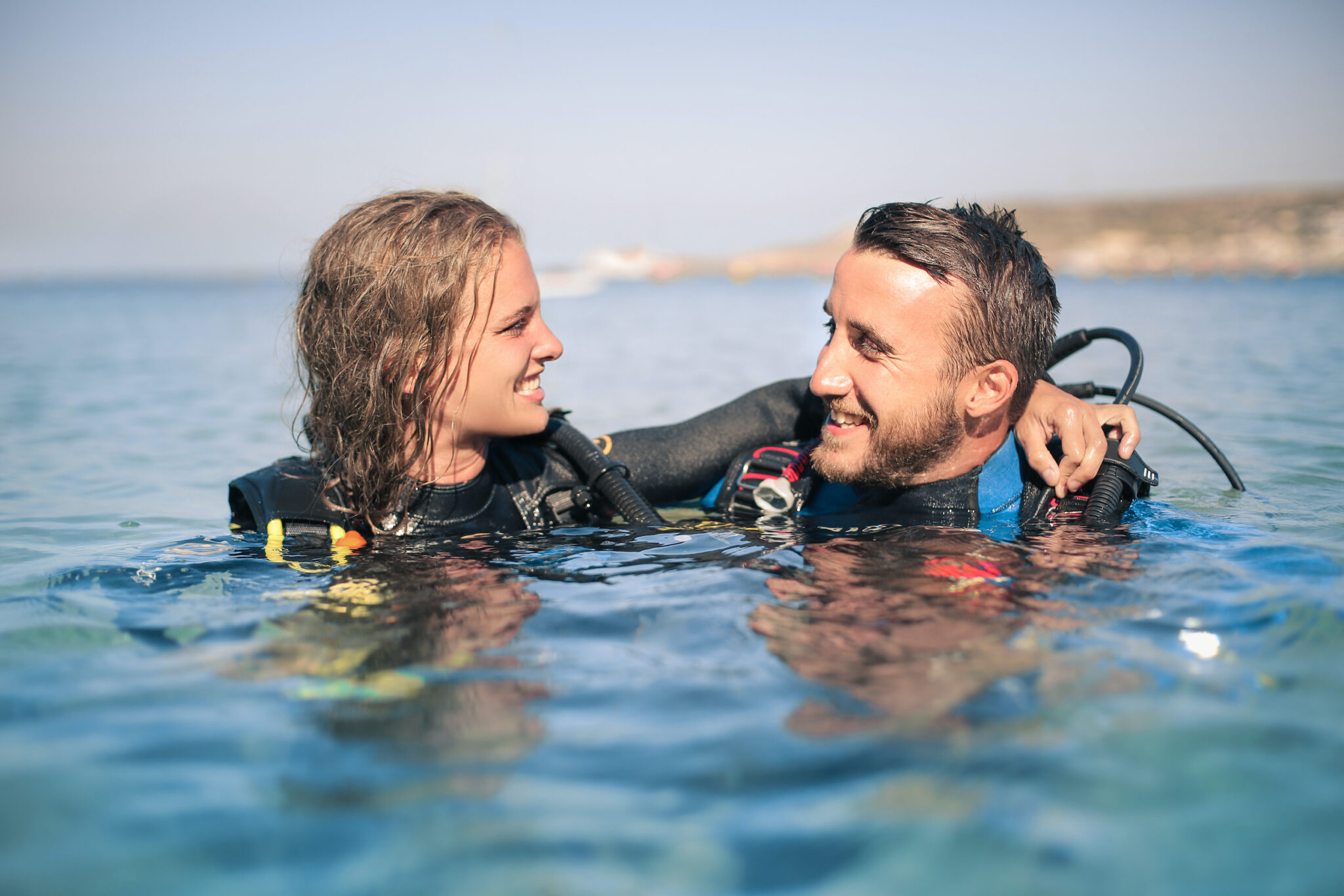
In Conclusion
All jokes aside, the PADI Rescue diver course is an excellent program that takes you further as a diver, giving you the confidence and preparedness that can really transform your outlook. I wholeheartedly recommend it.
A big thanks to my excellent PADI Instructor Robert Stepien (PADI OWSI 318292) and his assistant — and my willing (at times, not-so-willing) victim — Nat McGhee (PADI OWSI 315372) at Dahab Divers Technical.
Ready to Become a PADI Rescue Diver?
If you want to build confidence, master new skills, and gain the knowledge to assist your dive buddy in an emergency, it’s time to become a Rescue Diver. Click below to sign up for the PADI Rescue Diver course or contact your local PADI Dive Shop for more information.
